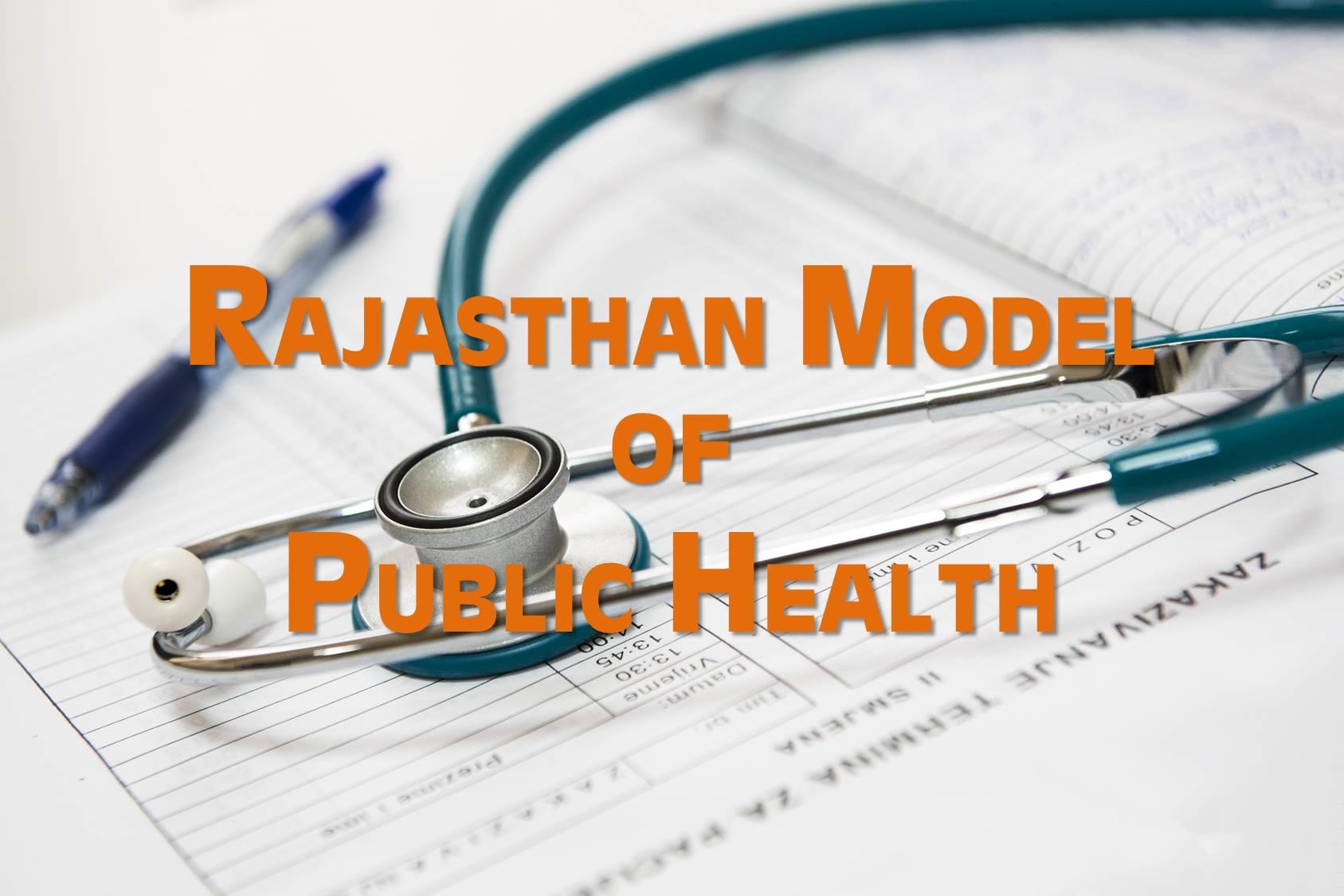Here is what you need to know about the Rajasthan Model of Public Health
The Rajasthan Budget 2021-22 introduced the Rajasthan Model of Public Health. The main focus of this one-of-a-kind initiative lies in facilitating the concept of healthcare as a fundamental right of its citizens. The government proposes to inculcate public health law under the model, making access to health care a right. A few salient points in this proposed Model are:
- Doubling the budget for healthcare initiatives,
- Setting up more medical and nursing colleges,
- Establishing and advancing primary health centres and significantly providing services by expanding access to free medicines and diagnostics,
- Adding 1,000 beds and establishing institutions of excellence for Cardiology, Virology, Cancer, Maternity and Childcare.
Additionally, three new features have been added to Rajasthan’s current health insurance programme, which are as follows:
- expansion of the eligibility criteria to cover two-thirds of the population,
- providing 50% subsidy for people above the BPL to avail of the health insurance programme by providing them cover for Rs 5 lakh worth of cashless treatment in government and accredited private hospitals.
- Assuring coverage of not just inpatient but also outpatient treatment.
Why has this become the need of the hour?
The COVID pandemic has exposed the incompetence of the health care system and refutation of basic health amenities. Simple functions of health care such as testing, contact tracing or even changing the behaviour of citizens required the intervention and undivided attention of the district administration. During the pandemic, even non-COVID patients were denied treatment and still they were unable to give adequate treatment to all the COVID affected patients. It’s also been nearly a decade since various civil organisations have been demanding and persuading different governments to propose laws that make health a public right. It was only in the election manifestos of a couple of political parties that this issue was highlighted and political commitment was visible. However, that went to the gallows as they never came near to being in power or having any say as such in government decision making.
Now another question that pops up here is that how practical these plans are?
In the last decade, the rising cost of health care and resultant impoverishment of the people looking for medical treatment intensified the debate of demanding universal health coverage (UHC).
No doubt! The intentions of the government are praiseworthy. But to achieve such a huge target, it is crucial to set up an investment structure over the next decade. Foremost step would be ensuring universal access to social determinants and primary healthcare services. Mostly focusing on malnutrition and proper access to toilets, safe water and basic health services. This would require an undivided attention in order to improve the primary healthcare infrastructure in terms of medical institutions, human resources and technology.
It calls for real challenges!
The COVID pandemic has enhanced poverty and has arguably set back the economy by a decade. It is high time to set up rights- based policies, which will require adding up resources that are seemingly unavailable. Also, as never before, state intervention is required in order to remove/reduce waste, Increase efficiencies, and to use limited recourses sustainably. We have a long way to go, but ensuring health care as an anti-poverty measure needs to be primarily addressed for the poor and marginalised.
Source: Rajasthan Budget Speech and Article in Indian Express by K Sujatha Rao (19 March 2021)
To join us on Facebook Click Here and Subscribe to UdaipurTimes Broadcast channels on GoogleNews | Telegram | Signal



